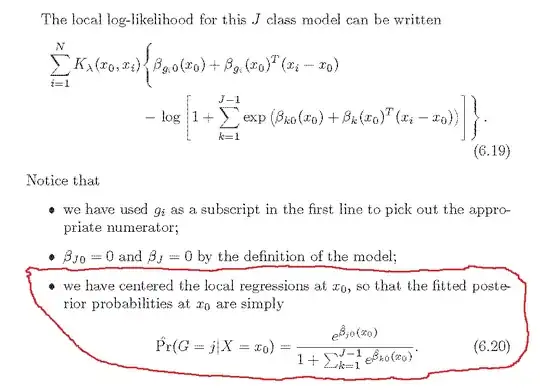Suppose $_{n}q_x$ is the $\textbf{probability}$ of dying between age $x$ and $x+n$.
And $_{n}M_x$ is the age-specific death $\textbf{rate}$ in the observed population in the interval $(x, x+n)$. The formula of $_{n}M_x$ is $$_{n}M_x=\frac{_{n}D_x}{_{n}P_x},$$
where $_{n}P_x$ is an estimate of the mid-year population between ages $x$ and $x+n$,
$_{n}D_x$ is the number of deaths in the same age interval during the year.
It seems to me $\frac{_{n}D_x}{_{n}P_x}$ is also a probability and $_{n}q_x=\frac{_{n}D_x}{_{n}P_x}=_{n}M_x$. But this is not the case. Rather, the relationship between $_{n}q_x$ and $_{n}M_x$ is $$_{n}q_x=\frac{2\times n\times _{n}M_x}{2+ n\times _{n}M_x}.$$
My question is: if $_{n}M_x=\frac{_{n}D_x}{_{n}P_x}$ and the definition of $_{n}q_x$ is the probability of dying between age $x$ and $x+n$, then why $_{n}M_x\ne _{n}q_x$?
